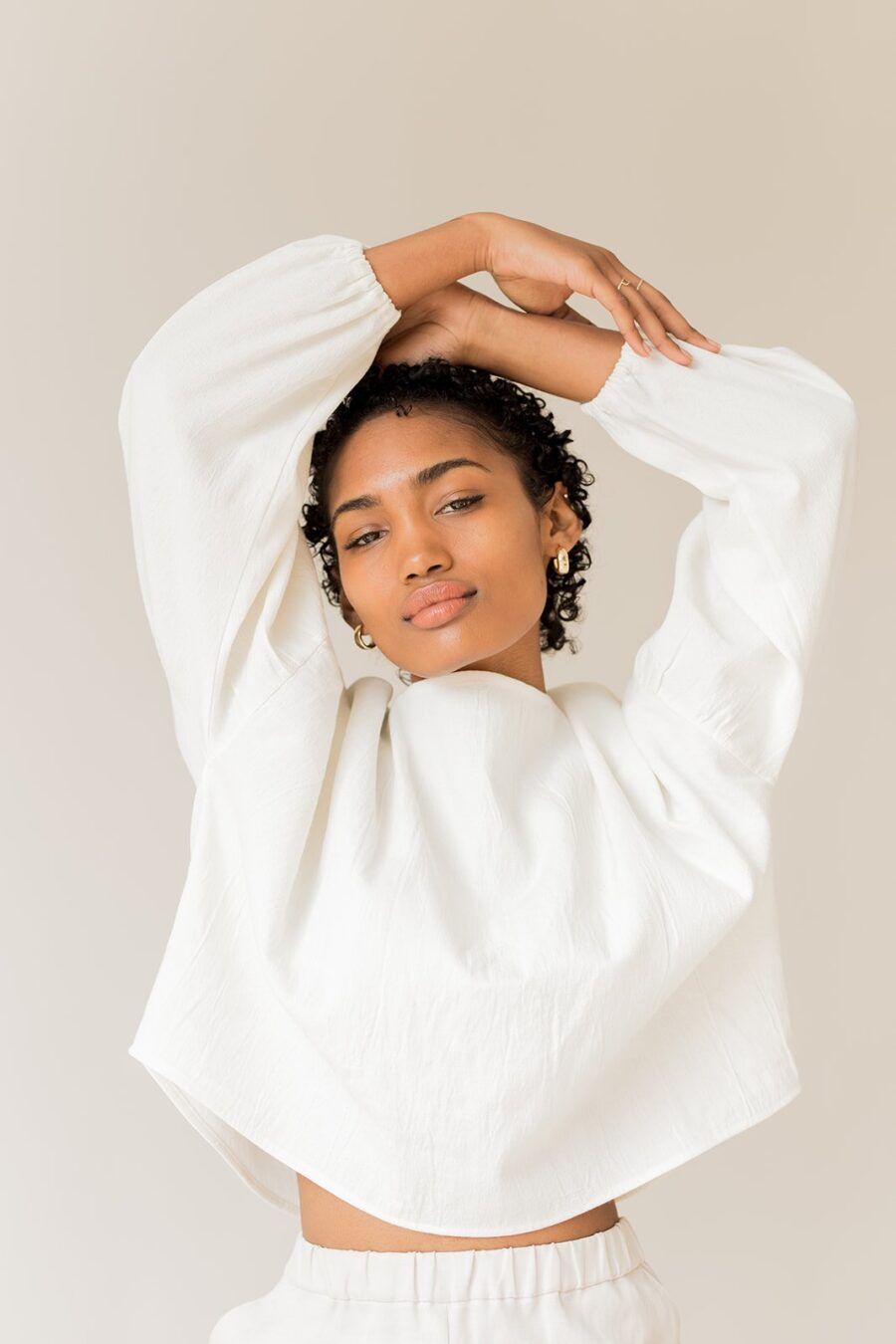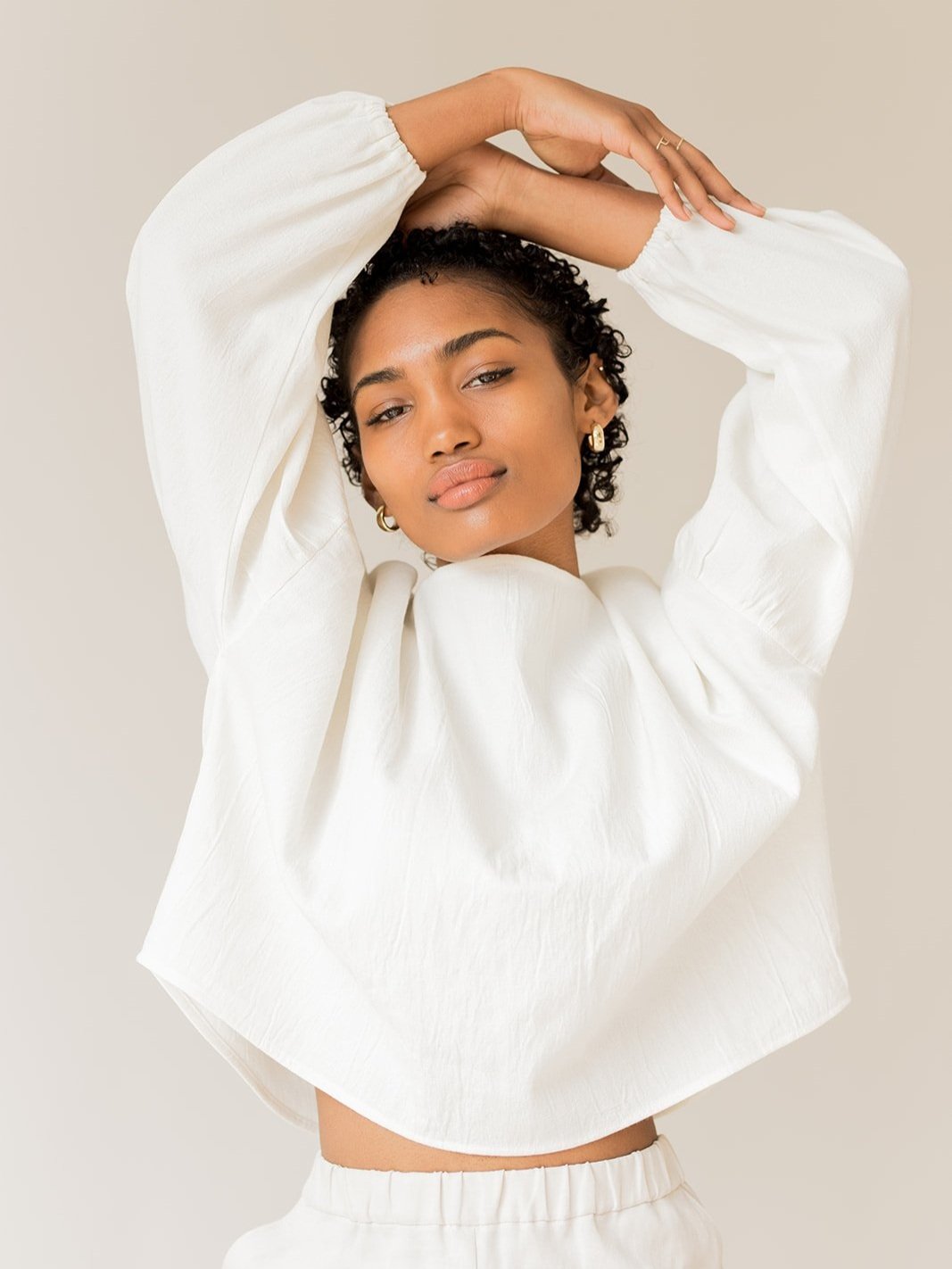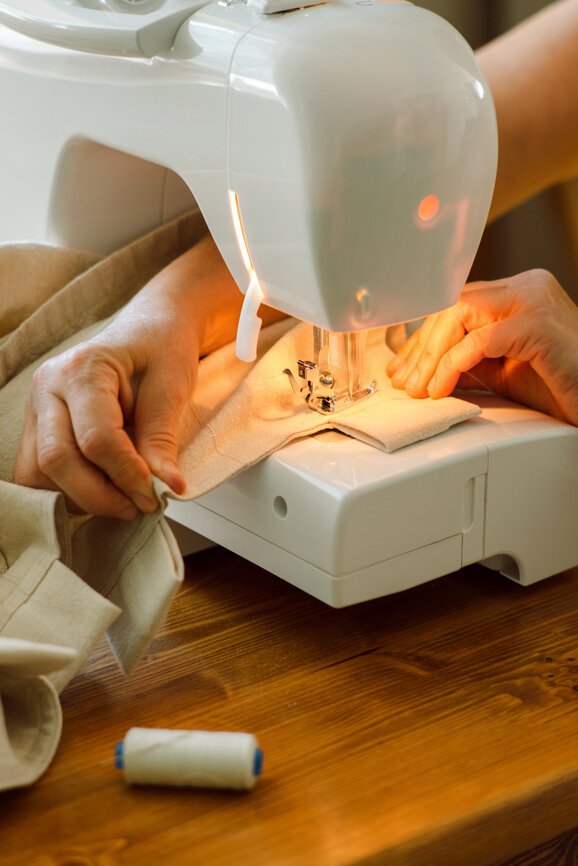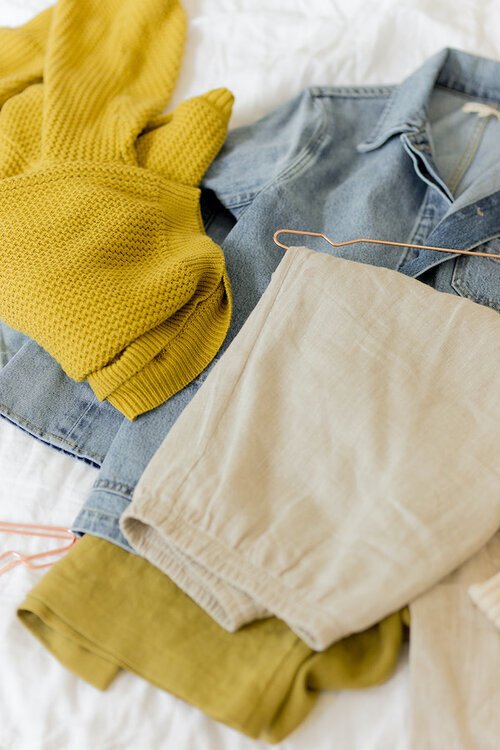
How I Went From A Shopaholic To A Slow Fashion Advocate In One Year
Discovering A True Passion For Fashion
The other day, I found myself discussing the nonlinear journey which had brought me to my current work as a sustainable fashion writer. While hindsight is 20/20, it seemed like I had tried every creative hobby out there before I discovered what truly inspires me.
Dancing was my first passion. I attended classes and performed in biannual shows for about 10 years, though I realized early on that this time-consuming hobby would not be a career for me. I became hyperaware of the struggles of making a secure living from dance. I also didn’t want to turn the joyful activity of dance, which I’ve enjoyed for so long, into work.
It was in middle school that I found fashion. Like many of my friends, I jumped at the chance to flip through a style magazine or shop for clothes at the mall. Unlike some of my peers, I was serious about wanting to pursue it professionally. I opted for solo shopping sprees instead of group mall outings that felt more like hangouts. I didn’t just want to grab a pair of jeans or play dress up—I wanted to assess all of my possible options to find the perfect outfit. I wanted to fill my already-crowded wardrobe with the latest piece that would guarantee a days-long high.
Coming from a place of privilege, I was afforded the luxury of purchasing clothing I didn’t need—and I took advantage of that luxury as often as possible. Shopping was my sport, and I was good at it.
“That was the mentality fast fashion has tricked us into—that clothing is disposable.”
I have a distinct memory of shopping for my middle school graduation dress with my mom during the last semester of 8th grade. We ventured across the Golden Gate Bridge into San Francisco, and spent hours in Forever 21. I couldn’t decide between a few options and my mom finally said, “Let’s just get them all. They’re so cheap.” That was the mentality fast fashion has tricked us into—that clothing is disposable.
Fast forward a few years to my second year of college, after a school transfer from the Fashion Institute of Technology in New York to California Institute of the Arts. I was still obsessed with fashion even though I wasn’t directly studying it.
All of this changed in the fall of 2015 when I watched the Netflix documentary, The True Cost. This part of my story is far from unique within the conscious fashion community. The documentary was unlike anything the industry had ever seen and dug deep. Prior to this, I was aware of the possible inhumane practices taking place in overseas factories—but I had no idea how rampant it was and how it isn’t exclusive to certain cities or countries. But what took me by surprise was the devastating environmental impact of the fashion industry, which felt like the silent force of destruction.
“It was impactful to be confronted by these images and stories otherwise swept under the rug—out of sight, out of mind. I truly believe the one hour and 45 minutes of ‘The True Cost’ changed my life forever.”
It was impactful to be confronted by these images and stories otherwise swept under the rug—out of sight, out of mind. I truly believe the one hour and 45 minutes of The True Cost changed my life forever. It opened my eyes to the ugliness beneath the beauty I was constantly chasing. If you’ve ever seen the film, you’ll understand the paralysis I felt after the first viewing. It’s overwhelming to have your world turned upside down and be left without the tools to change your daily habits.
As the wave of disappointment subsided, I began to do my own research. I started with The True Cost’s website, looking under their resource section, where I discovered Fashion Revolution. That resourced paved my way into the sustainable fashion community.
The nonprofit, which was established in response to the Rana Plaza collapse of 2013, provides a detailed guide for grassroots efforts against fast fashion. It helped me move past the guilt and shame I felt for being a problematic consumer and toward being an advocate for more ethical wardrobe options.
In the beginning of my slow fashion journey, the pendulum had to swing aggressively in the opposite direction of my previous wasteful consumerism before it could find a happy medium. I stopped buying anything for a while and became obsessive about zero-waste practices at home and in my travels. As time went on, I realized I could loosen my grip a bit and find balance.
The summer of 2015 was a bit of a quarter life crisis for me. I dealt with it by traveling across the the country, making sure to stop in a variety of vintage stores, thrift shops, and flea markets along the way. These were the best places to continue my ethical fashion transformation. I flew to the UK, at the end of my trip, to study abroad at the London College of Fashion.
“To my delight, sustainable practices were woven into the fabric of each course we took, making it clear that responsibility must be a priority for the future of fashion.”
To my delight, sustainable practices were woven into the fabric of each course we took, making it clear that responsibility must be a priority for the future of fashion. I was also thrilled to be in what felt like the center of the conscious fashion community. Many of my favorite ethical brands, from Fashion Revolution to People Tree (big names mentioned in the infamous documentary that started it all), were based in the same city I was now walking in each day.
The four months I spent living in London pushed me to think of the personal as political, and to look at my fashion activism as something larger than myself. Once I came back to the US, I knew I needed to find community within Los Angeles to make a difference within the still wasteful fashion industry. I began searching for local events, and followed local bloggers, brands, and companies focused on ethical practices. After that, I simply reached out. I asked my now good friend Karen Housel, the blogger behind Sustainable Daisy, to grab coffee so I could pick her brain about the community in which she was already so immersed. The rest is history.
My journey has absolutely not come to an end, but I feel confident in the knowledge I’ve gathered in making smarter choices with what I buy and wear. Nobody is perfect—especially not me—though I have shifted my mindset to one of valuing what I own. I appreciate the stories behind each item, and think about the impact those pieces will have once I’m done using them.
There is no final destination on the train of slow fashion, but there is a place we can reach where we are no longer fumbling around in the dark. In the words of Fashion Revolution, “Be Curious. Find Out. Do Something.’
Audrey Stanton was born and raised in the Bay Area and is currently based in Los Angeles. She works as a freelance writer and content creator with a focus in sustainable fashion. Audrey is deeply passionate about conscious living and hopes to continue to spread awareness of ethical consumption.




